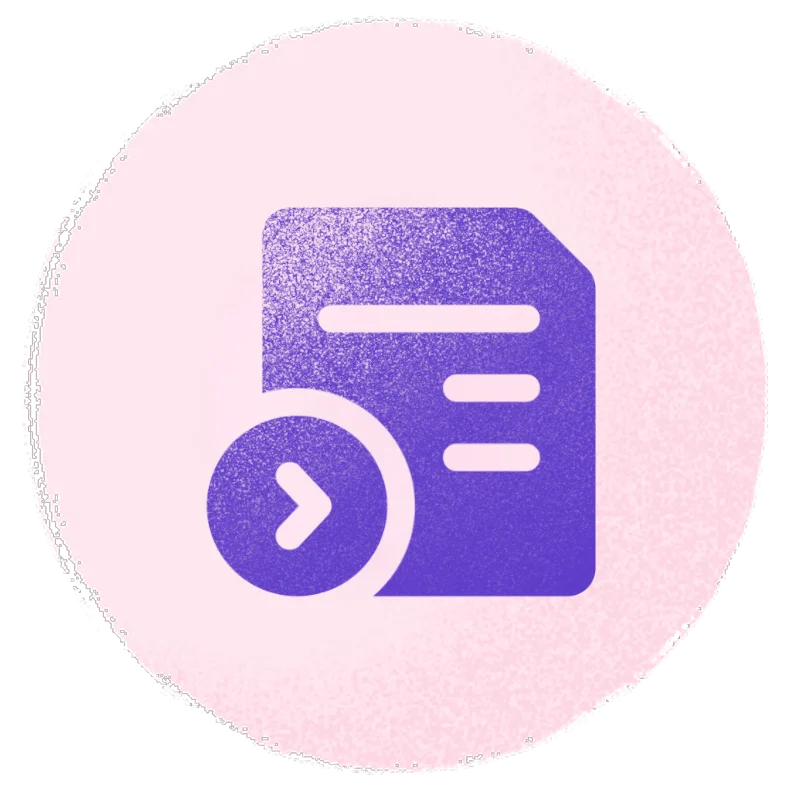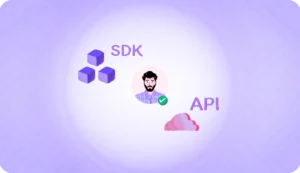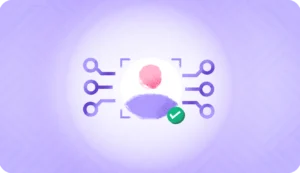Introduction:
In our rapidly evolving digital landscape, online transactions and services have irrevocably transformed how we engage in business and interact with organizations. Nevertheless, with the increasing reliance on digital platforms for identity verification and liveness checks, concerns regarding cyber threats have grown proportionately. The discourse surrounding online customer identity verification has never been more relevant, as the risks associated with it, including identity theft and fraud, have reached alarming levels.
It is now imperative for developers to construct identity verification platforms that provide precise liveness verification, effectively counter these threats, and establish a secure and robust online environment.
Understanding Liveness Verification
Liveness check entails a system’s capacity to discern whether it is interacting with an actual, physically present human or an impersonator, such as a spam bot, deep fake, or an injected image, utilizing a digital device like a computer or mobile tablet. While liveness verification may involve thwarting physical artifacts from impersonating a human, such as print-out attacks, display devices, or 3D masks, it also extends to detecting and preventing digital assaults like deep fakes, injected images, and Man-in-the-Middle (MITM) attacks.
Banks and other financial institutions have now started onboarding customers using identity verification apps or liveness verification apps. With cyber crimes on the rise and a whopping 33% of Americans experiencing identity theft once in their lifetime, it is imperative to use identity verification solutions that are built using secure technology.
What is a Facial Recognition API?
A face recognition API (Application Programming Interface) is a software interface that enables the integration of facial recognition technology into various applications and systems. This technology uses advanced deep learning algorithms to detect and analyze human faces in image or video frames. Microsoft Computer Vision API one of the world’s leading tech companies is going to pull out all the stops for its face recognition solution. Essential for identity verification, facial recognition APIs offer a swift and efficient method to authenticate users based on their unique facial features. By leveraging AI and machine learning, these APIs analyze facial data points to match a person’s face against a database, ensuring accuracy and security in real time.
Face Recognition API Capabilities
- Real-Time Face Detection: Face recognition API facilitates the identification and tracking of human faces in real-time, crucial for applications like surveillance and crowd monitoring.
- Age and Gender Estimation: Estimates the age and gender of individuals, useful in demographic analysis and targeted marketing.
- Emotion Recognition: Detects and interprets facial expressions to gauge emotions, enhancing customer experience and engagement strategies.
- Anti-Spoofing Features: Includes liveness detection to prevent spoofing attacks, ensuring that the face being scanned is real and not a photo or video.
- Multi-Face Recognition: Face recognition APIs are capable of recognizing multiple faces in a single frame, applicable in crowded environments and for attendance systems.
- Facial Feature Analysis: Face recognition APIs locate facial features like eye position, mouth shape, etc., offering detailed insights for various applications.
What is SDK (Software Development Kit)?
An SDK is a comprehensive set of software-building tools encompassing compilers, runtime environments, code libraries, debuggers, and platform-specific documentation. In many instances, SDKs also encompass APIs. SDKs equip developers with everything necessary to create applications tailored to a specific platform.
In the pursuit of crafting a secure platform, the choice of technology is paramount. Let’s help you understand the differences between API and SDK for liveness verification.

Over numerous use cases, we have observed that SDK’s are better suited to solve your problems as compared to APIs.
SDK-Based Liveness Verification for Secure Onboarding
Various forms of identity fraud pervade the digital realm. An SDK-based identity verification solution, such as HyperVerge, stands as a secure and well-equipped shield against such fraudulent activities. Let’s delve into what kind of frauds exist and explore how an SDK-based solution serves as a safeguard.
Image Injection Attacks: Image injection is a ploy employed by fraudsters to illicitly access services using stolen identities or customer photos. The attacker intercepts and manipulates the image displayed on a user’s screen just before it is captured. Typically, the image is substituted with one of another person or a distorted version.
For instance, envision a fraudster attempting to register for a financial account using a digital identity verification system. Instead of submitting a legitimate selfie for facial recognition, they upload a digitally manipulated image of Rohith. The system, lacking rigorous checks, accepts the fraudulent image as valid, leading to the creation of a deceptive account and potential misuse of the financial services of Rohith.
SDK-based solutions possess the capability to detect and flag injected images through advanced techniques like anomaly protection and image steganography. For instance, platforms such as the HyperVerge SDK incorporate multi-layer security checks to identify attempts at image injection, capture, and various injection algorithms. In practice, it is exceedingly challenging for attackers to execute image injection without the user’s knowledge, or at least such instances have been exceedingly rare.
Man-in-the-Middle Attacks (MiTM): MiTM attacks are a form of eavesdropping cyberattack where an attacker intercepts and relays messages between two parties without their knowledge, leading them to believe they are interacting directly. MiTM attacks pose a grave security threat, providing the attacker access to personal and sensitive information.
For instance, consider Deepak, who takes pride in his company’s new biometric system incorporating liveness detection via an API for enhanced security. While logging in remotely, the system captures a real-time selfie to verify the user’s presence. Unbeknownst to Deepak, a hacker named Suresh orchestrates a Man-in-the-Middle attack. As Deepak captures his selfie, Suresh intercepts the liveness data, using it to dupe the biometric system into granting access later.
API-based platforms are highly susceptible to such attacks, whereas SDK-based solutions possess the functionality to calculate and cross-verify the signature of the request-response, ensuring that the image or response remains untampered.
Deepfake Attacks: In the wrong hands, any technology can unleash havoc. Deep Fakes represent AI-generated fabricated images, videos, and even audio recordings. These deepfake attacks serve as a prevalent method for perpetrating financial fraud and identity theft. In addition to AI-generated deepfakes, online scammers employ face-swapping techniques, where an individual’s image is substituted with that of another person.
SDK-based liveness verification platforms, such as HyperVerge’s ID verification solution, excel in detecting deep fakes by capturing and identifying subtle pixel discrepancies and textural disparities. Advanced platforms excel at discerning the most minute details, including unnatural facial expressions, unconventional hair, distorted facial and bodily contours, irregular face positioning, poor lip syncing, and more.
Shortcomings of APIs in Terms of Security
APIs often lack inherent security measures and cannot address issues like MITM and image injection, rendering them more vulnerable. As per a May 2023 report, over half a billion records were exposed via vulnerable APIs, providing fertile ground for cybercriminals.
Conclusion
In the realm of modern software development, both APIs and SDKs have emerged as indispensable tools. However, when tasked with creating a robust identity verification platform that demands a highly secure and accurate environment, SDKs emerge as the unequivocal victor.
A robust platform like HyperVerge not only furnishes advanced security features but also integrates user-friendly interfaces and workflows, culminating in an exceptional user experience. This makes SDKs the preferred choice for identity verification use cases.
FAQs
What is an SDK?
A software development kit (SDK) is a set of software tools and programs provided by hardware and software vendors that developers can use to build applications for specific platforms.
What is an API?
APIs allow developers to sync data between multiple platforms and can facilitate communication among the various micro services in web applications.
What is a liveness check?
Liveness Assurance technology verifies that a face presented to a mobile device is a live human being. It identifies if a photograph or video or mask is being used to attempt to spoof the biometric security system as part of a presentation attack.






















